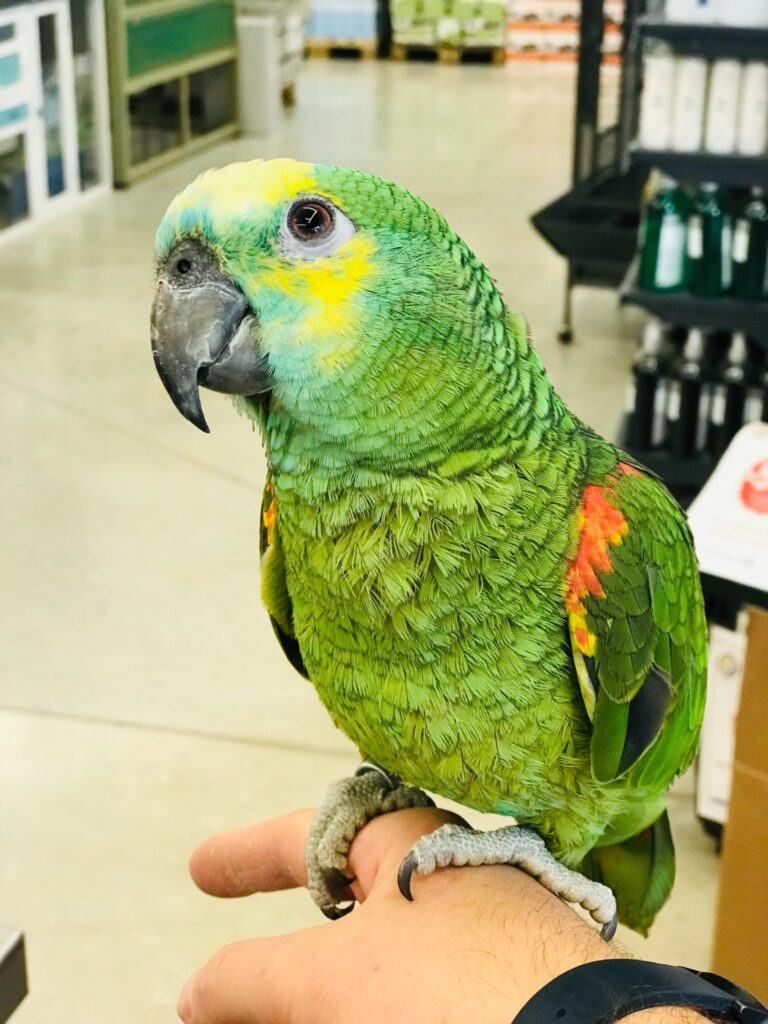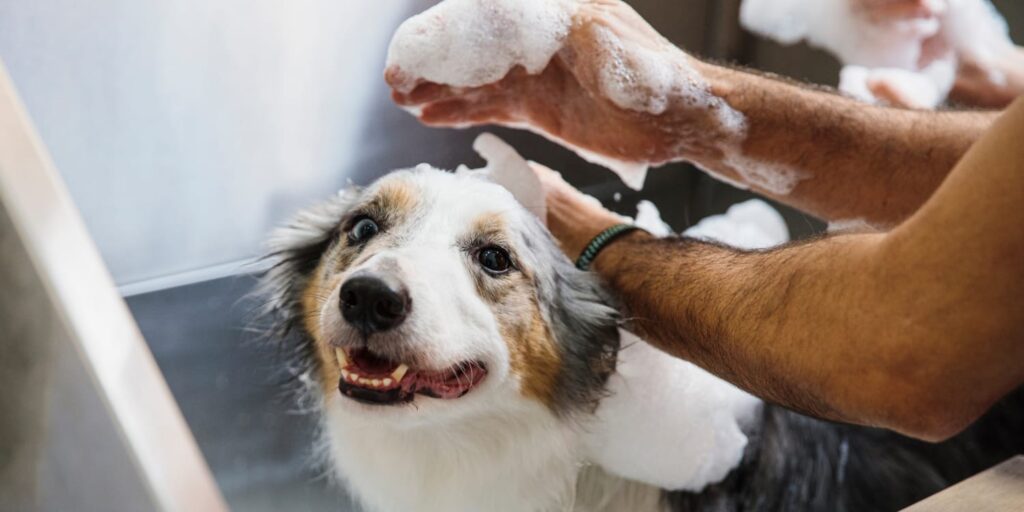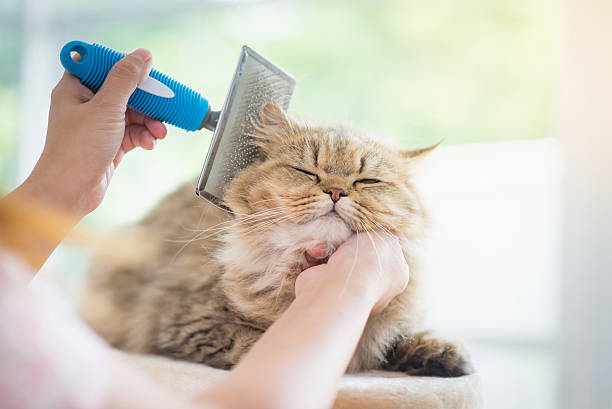Pet Insurance: 6 Easy ways of Understanding the Concept

Pets are beloved members of our families, and just like humans, they can experience unexpected accidents and illnesses.
To ensure their well-being and provide peace of mind, many pet owners opt for pet insurance. In this article, we will talk about insurance for pet, exploring the types of coverage available and how to choose the right plan for your pet.
Understanding the Concept
Pet insurance is a type of coverage designed to help pet owners manage the costs associated with veterinary care. It operates similarly to health insurance for humans, providing financial assistance for medical expenses incurred due to accidents, illnesses, and preventive care.
Benefits of Pet Insurance
Pet insurance offers several benefits, including financial protection against unexpected veterinary bills, the ability to choose the best treatment options for your pet without worrying about cost, and peace of mind knowing that you can provide the necessary care without financial strain.
Types of Pet Insurance Coverage
Accident-Only Coverage
Accident-only coverage is the most basic type of Insurance for Pets and typically covers injuries resulting from accidents, such as broken bones, lacerations, and ingestion of foreign objects. It does not cover illnesses or routine preventive care.
Accident and Illness Coverage
Accident and illness coverage provide protection for both accidents and illnesses, including conditions like allergies, infections, and chronic diseases. This type of coverage offers more comprehensive protection than accident-only plans.
Comprehensive Coverage
Comprehensive coverage is the most extensive type of pet insurance and includes coverage for accidents, illnesses, hereditary conditions, congenital disorders, and routine preventive care such as vaccinations and wellness exams.
Factors to Consider When Choosing a Pet Insurance Plan
Pet’s Age and Breed
The age and breed of your pet can influence the type of coverage you need and the cost of the insurance premiums. Certain breeds may be more prone to specific health issues, so it’s essential to choose a plan that provides adequate coverage for your pet’s breed and age.
Coverage Limits and Deductibles
Be sure to review the coverage limits and deductibles of each insurance plan carefully. Coverage limits refer to the maximum amount the insurance company will pay for a claim, while deductibles are the out-of-pocket expenses you must pay before the insurance coverage kicks in.
Exclusions and Waiting Periods
Pay attention to any exclusions and waiting periods outlined in the pet insurance policy. Exclusions are specific conditions or treatments that are not covered by the policy, while waiting periods are the time frames during which coverage for certain conditions may be restricted.
Premium Costs
Consider the cost of the insurance premiums and how they fit into your budget. While higher premiums may provide more comprehensive coverage, you’ll need to weigh the benefits against the cost to determine the best option for your financial situation.
Customer Reviews and Reputation
Research the reputation of the pet insurance provider and read customer reviews to gauge their level of customer satisfaction. Look for providers with positive reviews, excellent customer service, and a reputation for processing claims efficiently.
How to Choose the Right Pet Insurance Plan
Assess Your Pet’s Needs
Evaluate your pet’s health history, age, breed, and lifestyle to determine the level of coverage they require. Consider any pre-existing conditions or hereditary issues that may need special attention.
Compare Plans and Providers
Research multiple insurance plans and providers to compare coverage options, premiums, deductibles, and customer reviews. Look for plans that offer the coverage your pet needs at a price you can afford.
Read the Fine Print
Thoroughly read the terms and conditions of each insurance policy, paying close attention to coverage limits, exclusions, waiting periods, and any additional fees or restrictions. Make sure you understand what is and isn’t covered before signing up.
Seek Recommendations
Ask for recommendations from your veterinarian, friends, family, or fellow pet owners who have experience with insurance for their pets. They can provide valuable insights and recommendations based on their own experiences.
Conclusion
Insurance for Pets is a valuable tool that can help pet owners provide the best possible care for their furry companions. Understanding the types of coverage available and carefully selecting the right plan for your pets can ensure that they receive prompt medical attention without financial worry.






















































